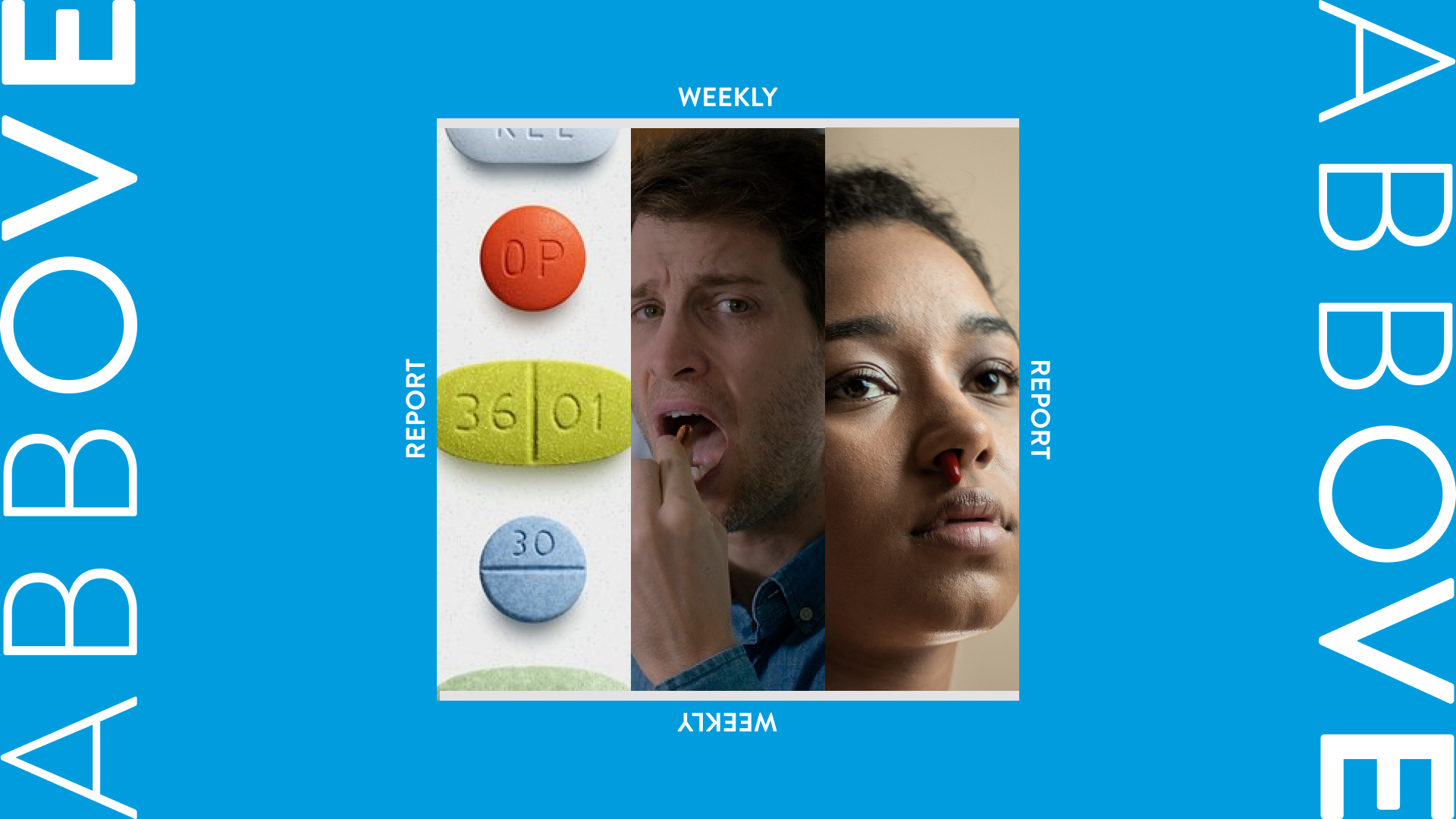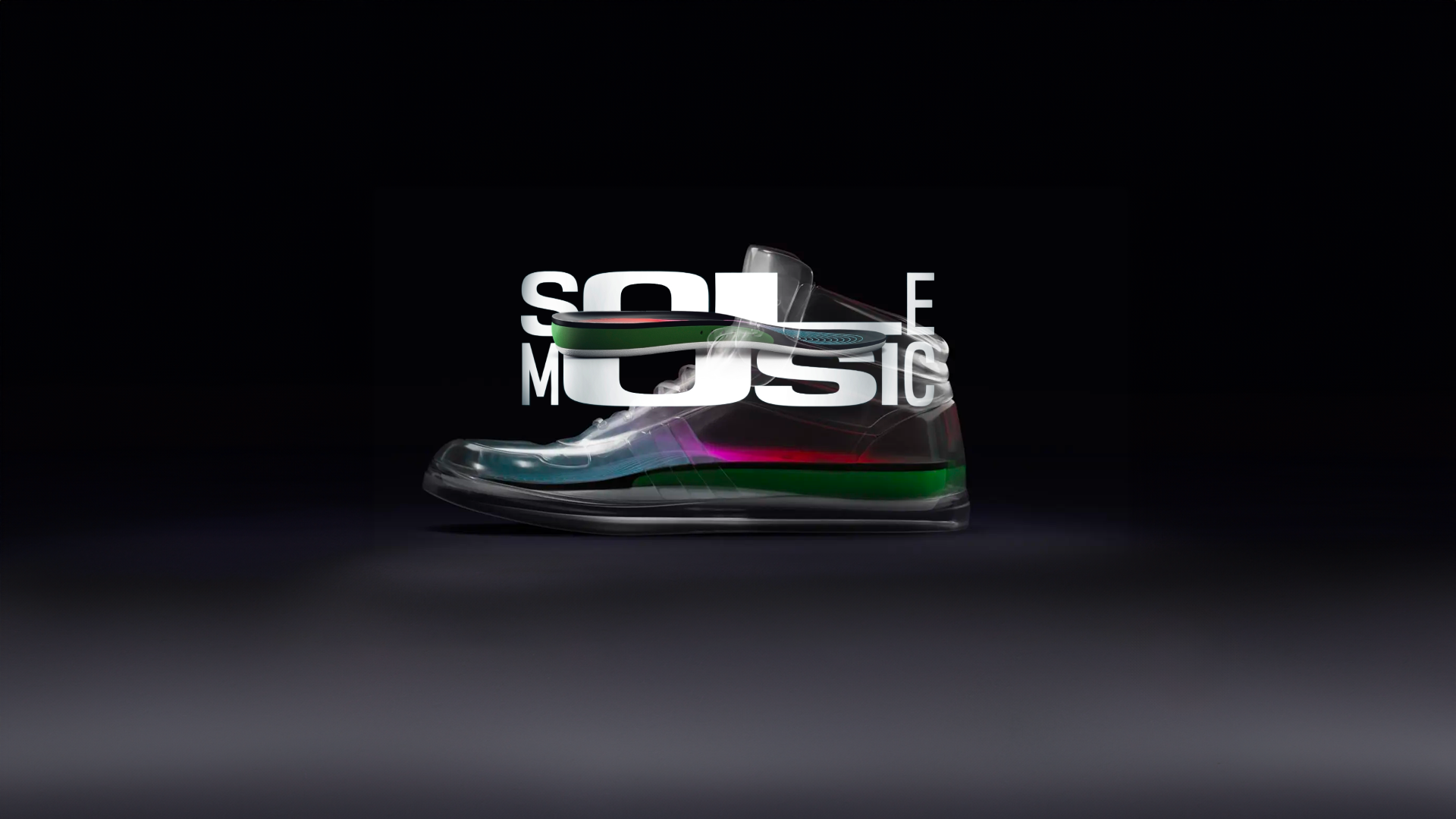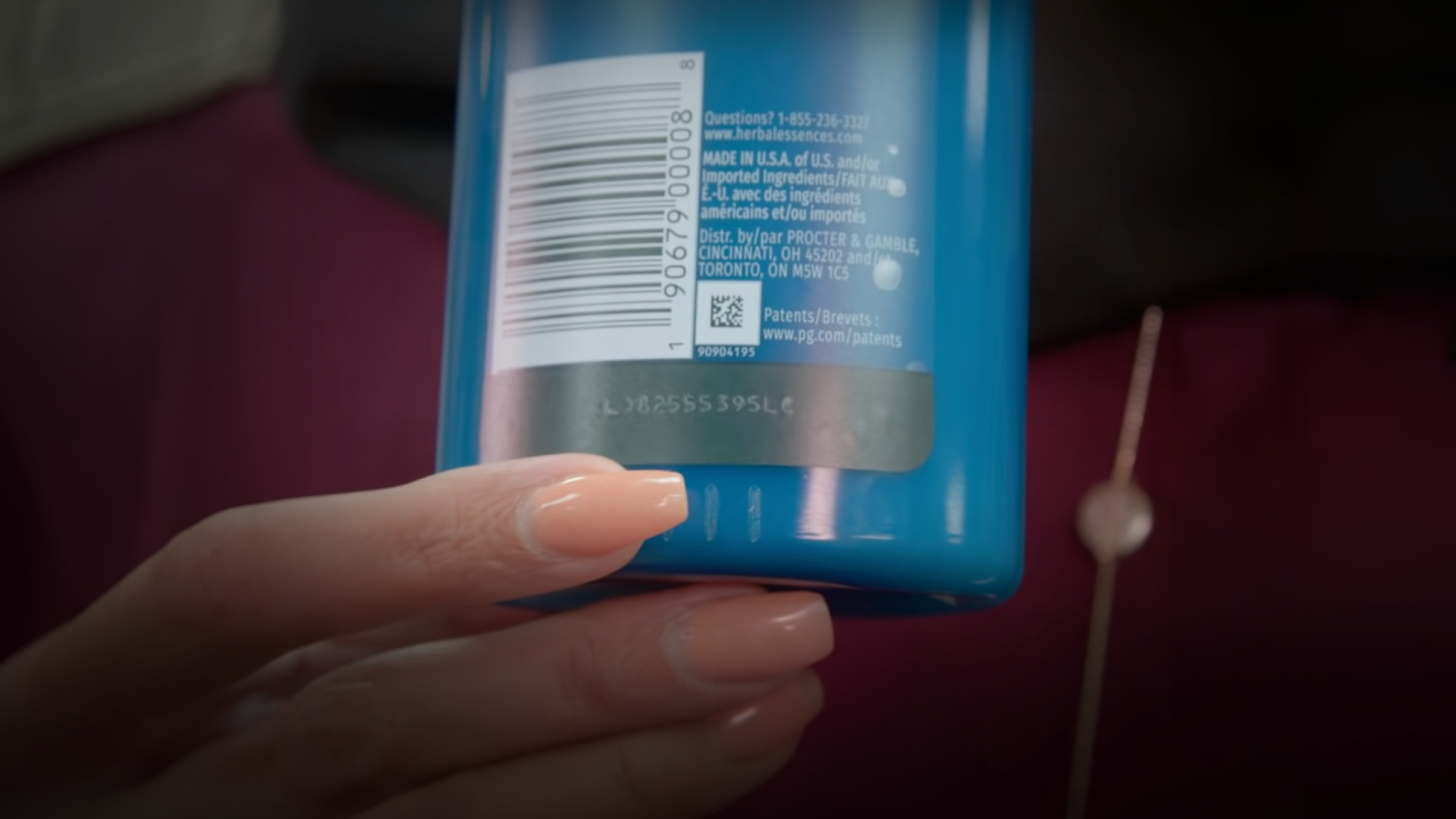Tag: Packaging

Self-Medication: Creative Impact for Both Prevention and Consequence Management
This week’s edition explores creative ways to promote responsible medication use. From innovative packaging to helpline heroes, discover how pharma & NGOs are tackling self-medication for better health outcomes.
#SelfMedAwareness #PharmaInnovation #PublicHealth
marcello_magalhaes

Low-Tech Tools, Big Impact: How Brands Are Democratizing Healthcare
Public health campaigns often struggle to reach low-income communities where resources and access to healthcare are limited. Traditional methods may require expensive equipment or clinical settings, creating a barrier for those who need it most.
marcello_magalhaes

Quick case – ALIBABA HEALTH FONT
The font library developed by Alibaba Health, the group’s digital healthcare and pharmaceutical e-commerce business, supports inputting Braille with Pinyin, the official romanization system for standard Mandarin Chinese. And they made it open source for more people to use.
admin

Quick case – SOLE MUSIC, ANGHAMI
Anghami, the leading music streaming app for the Middle East and North Africa, created a very inclusive device so that everyone can be touched by its music. Sole Music is a specially designed insole with integrated technology that can be placed in any shoe, like headphones for feet. It pairs wirelessly with any mobile, allowing the hearing impaired to enjoy musical vibrations on the go from the music streaming platform.
admin

Quick case – P&G INVESTS IN SENSORY ENHANCED BOTTLES
Procter & Gamble’s mass hair care brand Herbal Essences introduced tactile markings on select bottles in North America – providing raised stripes for shampoo and circles for conditioner on its bio:renew range. These markings are going to be rolled out across all shampoo and conditioner ranges.
admin

Revolutionizing Accessibility: Inspiring Consumer-Centric Solutions
According to the World Health Organization (WHO), approximately 15% of the world’s population has a disability, which amounts to over 1 billion people. In the United States, the U.S. Census Bureau reports that over 61 million people have a disability, which makes up about 26% of the U.S. population.
admin


